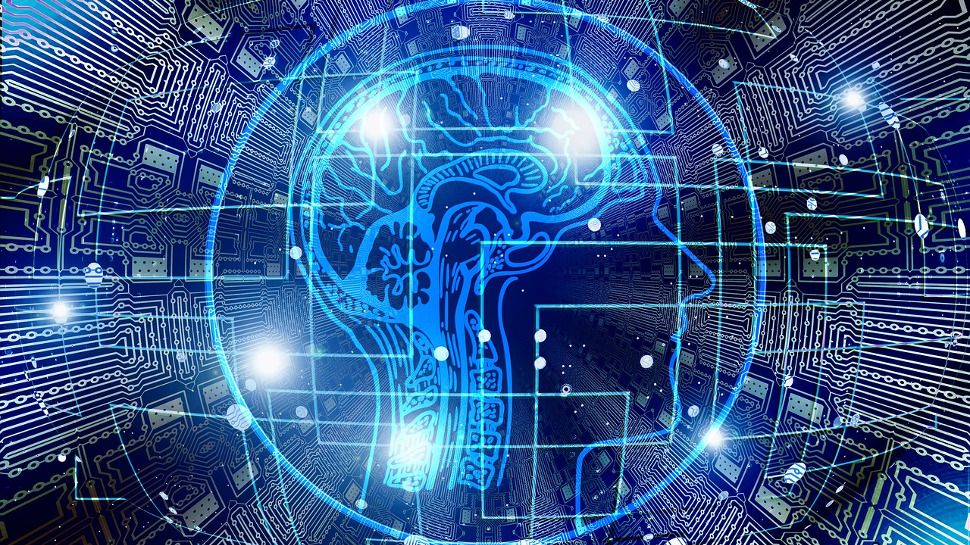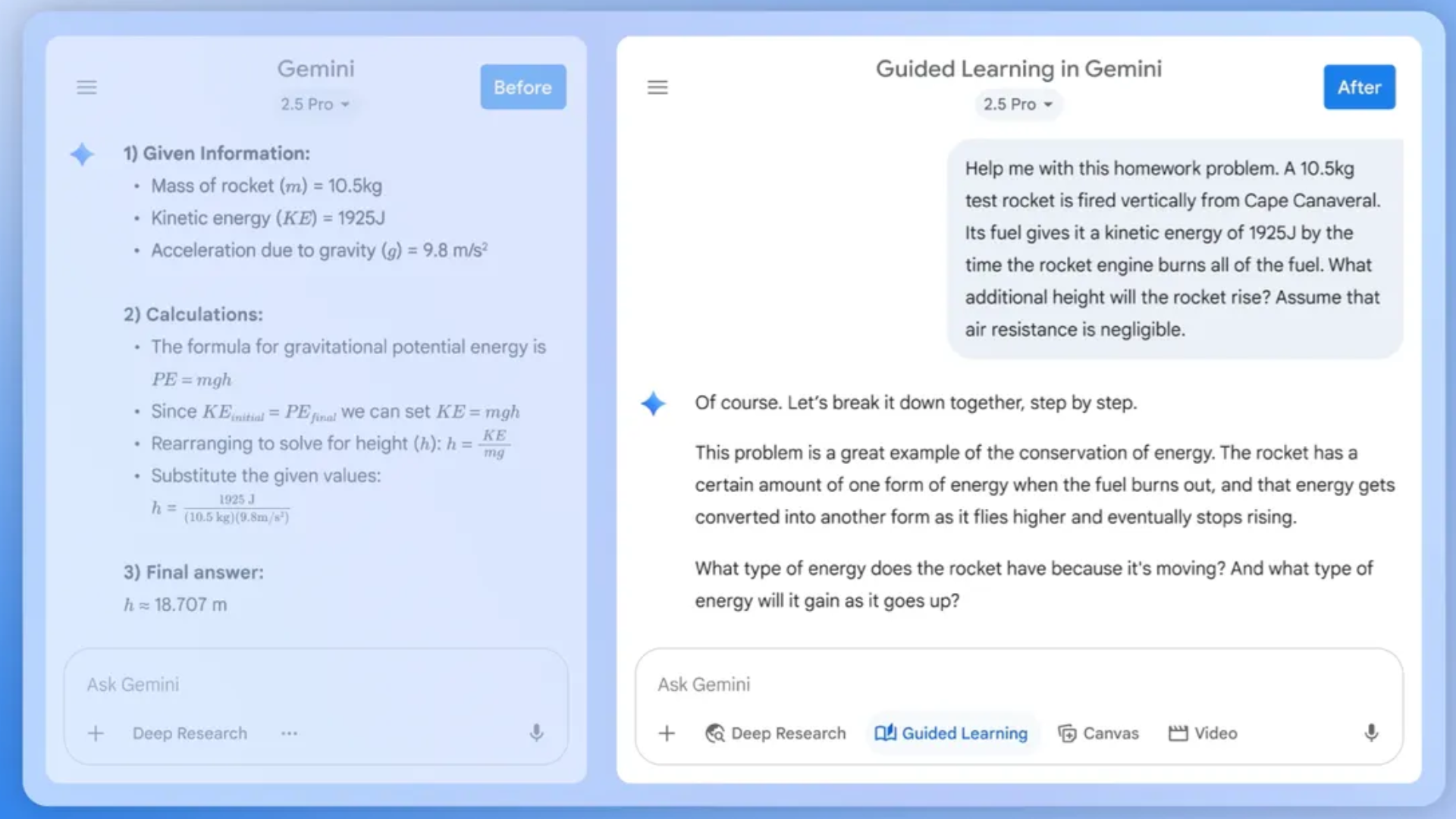Artificial intelligence is already playing a remarkable role in our response to the climatic crisis. From predicting extreme climatic events to optimizing renewable energy networks, AI is giving us tools that we have never had before. It is helping us to understand complex climatic patterns, reduce waste and rethink how industries operate at a fundamental level.
But this is just the beginning. The true power of AI is not only in making the systems more efficient, but in expanding how we think, plan and strategies against environmental challenges. AI not only gives us better answers, but gives us the ability to ask better questions, explore new ways and simulate the possibilities to a scale that no human could achieve alone.
So how do we take AI's incredible potential and push it even more? How do we make sure that it unfolds in a way that maximizes its impact, explain your challenges and really attends to the climatic cause?
CEO and founder of Netā Ventures.
The expanding role of AI in climatic strategy
We are already seeing the AI capacity to improve, accelerate and climb climatic solutions in all industries:
Optimization of renewable energy networks – AI is balancing wind and solar energy in national networks, ensuring that clean energy is distributed where it is most needed. Google Deepmind, for example, is using AI to predict the availability of wind energy 36 hours in advance, which makes renewable energy more reliable.
Agriculture and Restoration of the Precision Earth – AI is helping farmers use less water, reduce pesticide waste and improve soil health. It is also mapping deforestation at speeds 100 times faster than human analysis, which helps conservationists protect ecosystems before the damage becomes irreversible.
Disaster response and climate resilience -The models driven by AI can now predict hurricanes, droughts and forest fires with greater precision, providing emergency governments and responders more time to prepare and adapt.
Discarking and carbon capture -The molecular simulations driven by AI unlock advances in carbon kidnapping, helping researchers design materials that could significantly reduce the cost of energy to capture the co₂ of the air.
These are not hypothetical solutions. They are happening right now. But the next step, the place where the role of AI becomes truly transformative, is in its ability to remodel how we plan the future.
Of efficiency to intelligence: AI as climate strategist
At this time, artificial intelligence tools are mainly used to optimize existing systems: make energy efficiency buildings, helping companies to track their emissions and improve climatic models. But its greatest potential lies in its ability to help us think later, try solutions before they exist and make better long -term decisions.
Imagine if I could:
- The entire stress tests against different climate future, which allows leaders to make informed decisions about supply chains, infrastructure and politics.
- Model of global cooperation scenarios, helping nations to coordinate climatic action without compromising confidential economic data.
- Redise the urban environments to maximize sustainability, using simulations generated by AI to predict how different designs in the city could improve emissions, biodiversity and resistance.
AI allows us to address the climatic action of forms that we had never been able to predict the results, but creating completely new ways of thinking about the future.
One of the greatest barriers to current climate action are the limits of human perception and risk modeling. When decision makers think about climatic policy, infrastructure investments or industry changes, are limited by what they know, what they can model and what they suppose is possible. The AI, however, can overcome these limitations.
Instead of reacting to climatic risks as they develop, AI gives us the ability to map multiple futures, try different interventions and choose paths that maximize long -term resistance. It allows us to model whole impact ecosystems, showing how one changes, such as changing global shipping routes, could influence carbon emissions, oceanic health and economic stability at the same time.
We have already seen early glimpses of this in action. Climate simulations have helped policy formulators in the Netherlands to redesign flood defenses that represent centuries of increased sea level, instead of only the next decade. In emerging economies, AI models are helping to predict how water scarcity will change the movements of the population, informing infrastructure decisions that anticipate future realities, instead of responding too late.
What would happen if AI could help us redesign industries before they become unsustainable? What would happen if I could guide corporate and government decisions depending on the best possible climatic results, instead of only incremental improvements?
This is the next border, not only AI as an optimizer, but the AI as a strategic architect for a more sustainable world.
Address challenges, without limiting the potential
Of course, AI is not a silver bullet. It comes with its own challenges, including energy consumption, data bias and accessibility. These are real concerns that must be addressed with intentionality and innovation, but should not eclipse the immense value that AI can contribute.
We need a dual approach, one that recognizes the need for sustainable infrastructure and governance, while ensuring that we do not reduce the impulse of the climate action driven by AI.
This means:
- Invest in energy efficiency AI models that reduce computational waste.
- Align the development of AI with positive climatic objectives, ensuring that the models are trained using data centers with renewable motor.
- Building inclusive AI solutions that are accessible and relevant to communities in developed and emerging economies.
The key is not to see AI as a problem to solve, but as a powerful tool that must be exercised in a responsible manner.
A future built on Ai-Ai's climbing collaboration
The AI is not here to replace human decision making, it is here to improve it. The best climatic solutions will not come only from AI, but from collaboration between technology, governance and human ingenuity.
We are at a time when we can take advantage of AI to not only react to climate change, but to mainly remodel how we address it. This requires that leadership, from political leaders, companies, researchers and technology developers, will guarantee that AI displayed in a scalable, ethical and impressive way.
The possibilities ahead are extraordinary. The question is not whether ai can help fight the climatic crisis, it is already. The question is: How far are we willing to overcome the limits of what is possible?
The future of climate action is being written at this time, and AI is a crucial part of history.
We have described the best project management software.
This article was produced as part of the Techradarpro Insights Expert Channel, where we present the best and most brilliant minds in the technology industry today. The opinions expressed here are those of the author and are not necessarily those of Techradarpro or Future PLC. If you are interested in contributing, get more information here:









